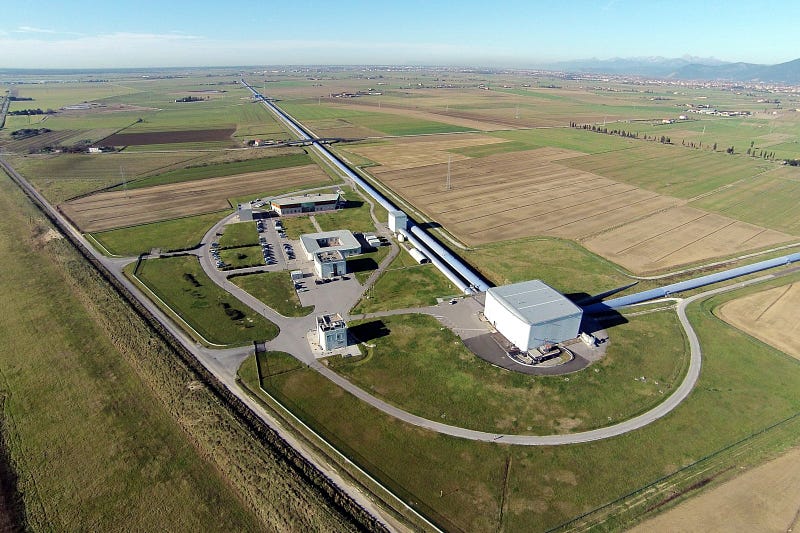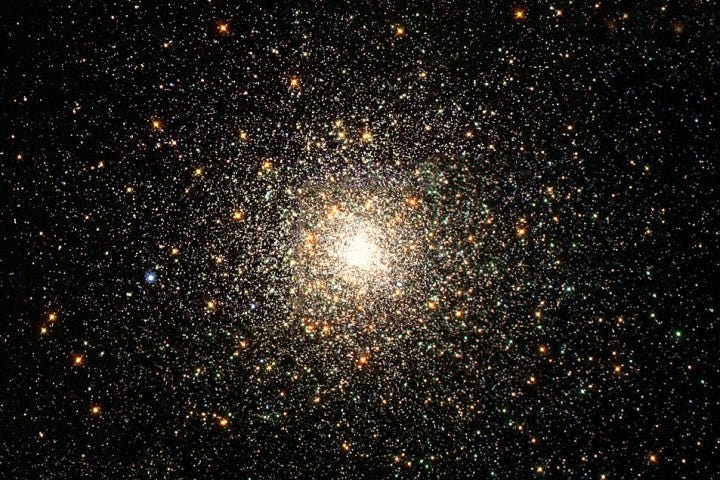Unraveling the Origins of Massive Black Holes in the Universe
Written on
Chapter 1: The Quest for Black Hole Nurseries
Gravitational-wave researchers at the University of Birmingham have created an innovative model that may assist astronomers in pinpointing where massive black hole systems originate in the cosmos. Black holes typically emerge from the collapse of stars or possibly from supernova explosions. These incredibly dense entities are measured in terms of solar masses, with one solar mass representing the mass of our sun.
Normally, stars form black holes with a maximum mass of approximately 45 solar masses. This limitation arises because instabilities during the gravitational collapse of stars seem to restrict the creation of more massive black holes. Thus, a new model is essential to clarify the presence of binary black hole systems that exceed about 50 solar masses.
Current hypotheses indicate that these more massive black holes originate from the merging of smaller black holes. Such collisions generate gravitational waves, detectable by observatories like LIGO, Virgo, and the forthcoming LISA.

An aerial perspective of the VIRGO laser interferometer detector reveals its mission to detect gravitational waves produced by black hole collisions (VIRGO). Researchers believe that these "next generation" black holes, resulting from the merger of their progenitors, might be the more massive black holes that LIGO and Virgo are able to observe.
In a recent study from the University of Birmingham's Institute for Gravitational Wave Astronomy, researchers propose that detecting multiple generations of black hole mergers could help identify the origins of these subsequent black holes. They have developed new calculations aimed at aiding astronomers in understanding these mergers and locating them more effectively. Their findings are featured in the journal Physical Review D.
Dr. Davide Gerosa, the lead author, explains, “Star clusters—groups of stars bound by gravity—could serve as black hole 'nurseries,' offering a perfect setting for the formation of successive generations of black holes. However, to identify the types of star clusters capable of producing these black holes, we first need to understand the necessary physical conditions.”
To solve this puzzle, researchers are focused on determining the escape velocity required for a cluster to host a black hole exceeding 50 solar masses. When black holes merge, they experience a recoil or kick velocity due to the emitted gravitational waves. Next-generation black holes can only form if their progenitors remain within the cluster, which necessitates a sufficiently high escape speed to prevent them from being expelled.
The team determined that observing black holes exceeding 50 solar masses would imply that their host cluster had an escape speed greater than approximately 50 km/s. Co-author Professor Emanuele Berti from Johns Hopkins University elaborates, “Gravitational wave observations offer an unparalleled chance to comprehend the astrophysical environments conducive to black hole formation and evolution. A very massive event would suggest a dense setting with a high escape speed.”
Section 1.1: Identifying Dense Star Clusters
Where might these dense star clusters be located? Many predictions for LIGO and Virgo have focused on "globular clusters"—spherical formations of about a million stars tightly bound in the outskirts of galaxies. However, the challenge is that the escape speeds of these clusters are often insufficient.

According to the research team, this suggests that globular clusters are unlikely to host multiple generations of black holes. Astronomers will need to cast their nets wider: nuclear star clusters—located toward the centers of certain galaxies—are dense enough to potentially provide the environment necessary for producing these celestial objects.
Dr. Gerosa concludes, “Gravitational-wave astronomy is transforming our understanding of the Universe. We eagerly await forthcoming results from LIGO and Virgo to validate these and other astrophysical theories.”
Chapter 2: Exploring the Universe for Black Holes
The first video titled "Searching for the Black Holes from the Nearby to Faraway Universe" delves into the methods astronomers are using to locate and study black holes across the cosmos.
The second video titled "Mysterious Black Holes" explores the enigmatic nature of black holes, revealing insights into their behavior and influence on the universe.
Original research: Gerosa et al (2019). 'Escape speed of stellar clusters from multiple-generation black-hole mergers in the upper mass gap'. Physical Review D — Rapid Communications. Published in collaboration with Now Science News.